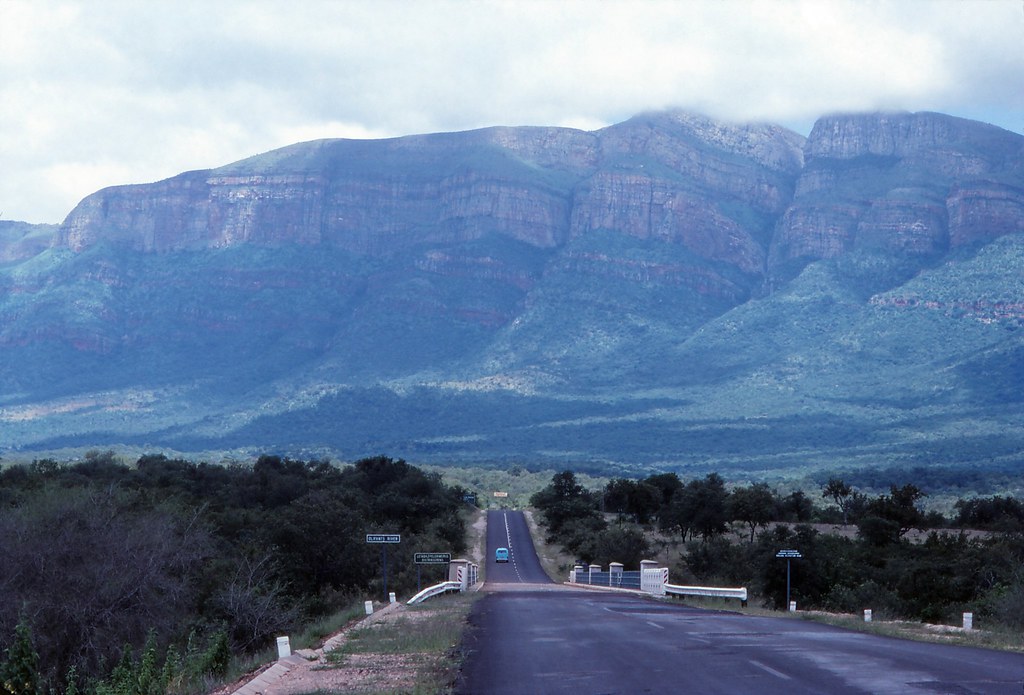The smaller the focal length the wider the angle of view. With wide angles of view, the foreground becomes very important in anchoring the picture and drawing the viewer's interest, since the background is pushed further back. Conversely, the larger the focal length the more telescopic the lens becomes, excluding foreground and area along the sides, thus focusing the viewer on the main subject.
Any lens can be a landscape lens. You can use a telephoto for a landscape shot. Say that the foreground is very uninteresting, you can go with a longer focal length to shoot over the foreground (thus excluding it). For instance, the distant mountain peaks can be isolated with a long telephoto.
You can also use wide angle lenses for interiors - a favorite of real estate photography.
Here is an interesting site for focal lengths and portraits.
Also, the longer the focal length - the more difficult it is to hand hold it and get a steady shot, thus needing a tripod. The 600+ lengths are in my mind just a gimmick, when trying to hand hold the camera.
Overall, it all comes down to what you want in the image and what you want to exclude, and how you want to frame or compose it.



 Similar Threads
Similar Threads 














 Post #10 by sterretje
Post #10 by sterretje








